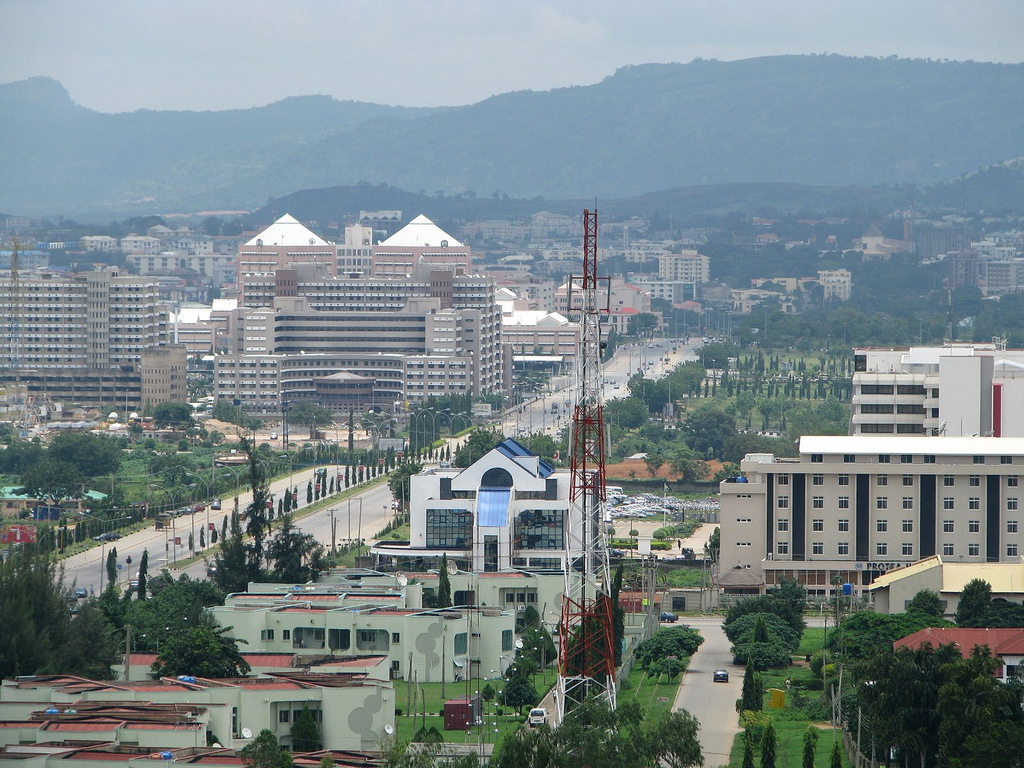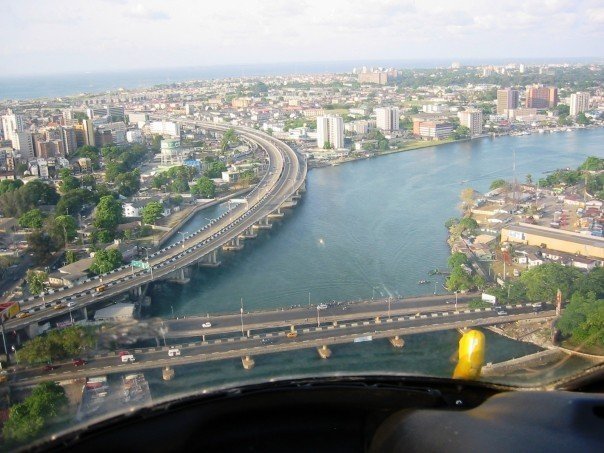The Nigerian economy has evolved considerably since my secondary school days in the late 1990s to early 2000s. One such change is the wave of liberalisation, privatisation and deregulation that swept across significant parts of the public sector from the early 2000s under the Obasanjo regime. These include the privatisation of the Nigeria Telecommunications Limited (NITEL), liberalisation of the telecoms sector which led to the introduction of GSM mobile telephony, the re-capitalisation of the banking sector from 2005, the (on-going) process of deregulating the downstream sector of the oil industry which culminated in the contentious partial removal of subsidies and so on. All these should leave no one in doubt that Nigeria is on a steady path towards fully-fledged capitalism.
These liberalisation policies along with the boom in global commodity prices, mainly oil, which Nigeria heavily relies on as a primary source of foreign exchange (90%) and government revenues (85%) along with the booming banking and telecoms sector, have led to massive inflow of revenue and steady economic growth, averaging 6 to 7 per cent per annum. Nigeria is reportedly, one of the 10 fastest growing economies in the world. According to global investment bank Goldman Sachs, Nigeria is one of the Next Eleven or N-11 emerging countries driving the global economy, after the BRICS countries. With the upcoming revision of GDP figures, Nigeria, like Ghana in 2010, could overnight be upgraded to an upper middle income country.


Without being overly pessimistic, it is easy to be confounded (I certainly am) by these figures and projections, especially when one considers the stark reality on ground that sometimes contradicts the figures. Looking at Abuja or Lagos, one could easily conclude that Nigeria is an emerging country and the next big driver of the global economy. The new shopping malls, the exclusive hotels, the “happening” joints, the brightly painted duplexes and the endless stream of air conditioned SUVs on the wide roads can give the impression that Nigeria is catching-up with the United Arab Emirates (UAE), and we do hope it is. However our fervent optimism should be tampered with pragmatism over our real pace of development.
There is the general perception that Abuja, the capital city and Lagos, the commercial nerve-centre are anomalies – they are the exception rather than the norm – and are far removed from the realities of the other 35 states in Nigeria. It is not uncommon to hear people in other parts of Nigeria speak of Abuja and Lagos with such awe and fascination, as they would, of a North-American or Western-European capital. This could also explain the high rate of not just rural-urban migration, but also urban to urban migration, particularly to these two cities. Many of my friends and classmates from Ahmadu Bello University (ABU) Zaria are now domiciled in Abuja and Lagos because this is where the “opportunities” and “infrastructure” are. If I were living in Nigeria, I would most likely be living and working in either of these two cities.
The fact is that there is just so much more to Nigeria than Abuja and Lagos both of which account for less than 20% of its over 170 million people. Sometimes, it’s tempting to assume that some consultancies and development organizations go to Abuja and Lagos, interview a few bankers, high-ranking civil servants and successful “business owners” and then conclude that Nigeria is “emerging” and rubbing shoulders with Malaysia and Indonesia. A huge bulk of the population is engaged in the informal sector which data and projections do not sufficiently capture.

In many parts of Nigeria, a traditional and informal economy exists side by side with the trappings of modernity; and by implication, grinding poverty and stupendous wealth paradoxically coexist. In the north-western city of Birnin-Kebbi, the capital of Kebbi state, it is not uncommon to see peasant farmers use donkeys, camels and other beasts of burden as a mode of transportation while big Japanese and German SUVs carrying public officials, politicians and business men zoom past. In Kano, spacious, and exquisitely-designed elegant mansions abound in tree-lined GRA areas, while bright yellow tricycles, reminiscent of New Delhi in India, popularly referred to as KEKE-NAPEP (named after a poverty alleviation program that introduced it) dot the busy streets.
Overall, there is certainly more to Nigeria which these reports and figures seem not to cover entirely, and of course which leave many like me at best deeply confounded and confused, and at worst dismissive and cynical at such projections. While certain parts of the economy are indeed “growing”, the same cannot be said of other sectors where the bulk of the population is engaged, leaving the impression that there are parallel economies within the national economy and conclusions drawn from the “booming” sectors are conflated to cover other sectors as well. Global consultancies and international development organizations would do well to factor in and capture these nuances and complexities.

